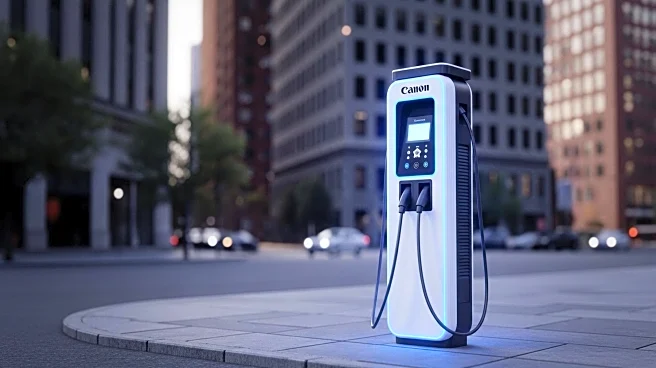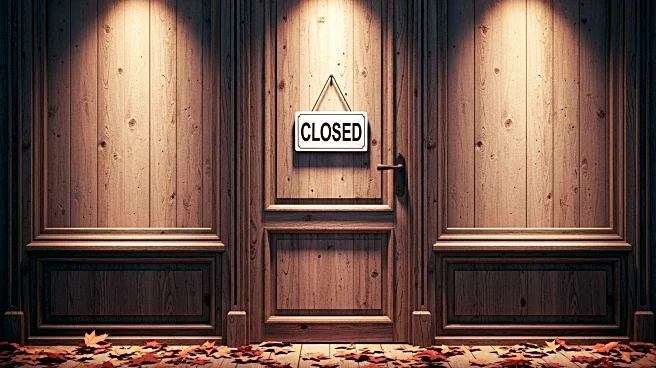What's Happening?
Orvis, a well-known outdoor and sporting goods retailer, has announced plans to close over 31 stores and five outlets by early 2026. The company currently operates 70 retail locations nationwide, including
three in New York. The closures are attributed to what Orvis president Simon Perkins describes as an 'unprecedented tariff landscape' under President Trump. Perkins expressed gratitude to the company's associates for their dedication to the Orvis brand and its core values, acknowledging the impact these closures will have on employees and local communities.
Why It's Important?
The decision by Orvis to close a significant number of its stores highlights the broader impact of tariff policies on U.S. businesses. Tariffs can increase costs for companies that rely on imported goods, potentially leading to reduced profitability and operational downsizing. This move by Orvis may signal challenges for other retailers facing similar economic pressures, affecting employment and local economies where these stores are located. The closures could also influence consumer access to outdoor and sporting goods, altering market dynamics in the retail sector.
What's Next?
As Orvis proceeds with its closure plans, affected employees and communities will need to adapt to the changes. The company may explore strategies to mitigate the impact on its workforce, such as offering relocation opportunities or severance packages. Additionally, other retailers may closely monitor the situation, potentially advocating for policy changes or seeking alternative supply chain solutions to avoid similar outcomes. The broader retail industry may experience shifts as companies reassess their operations in response to tariff-related challenges.
Beyond the Headlines
The closures at Orvis underscore the complex interplay between government policy and business operations. Tariff policies can have far-reaching effects, influencing not only corporate decisions but also consumer behavior and market competition. This situation may prompt discussions on the balance between protecting domestic industries and maintaining favorable conditions for business growth. Long-term, the retail landscape could see shifts in store locations, product offerings, and pricing strategies as companies navigate these economic challenges.













